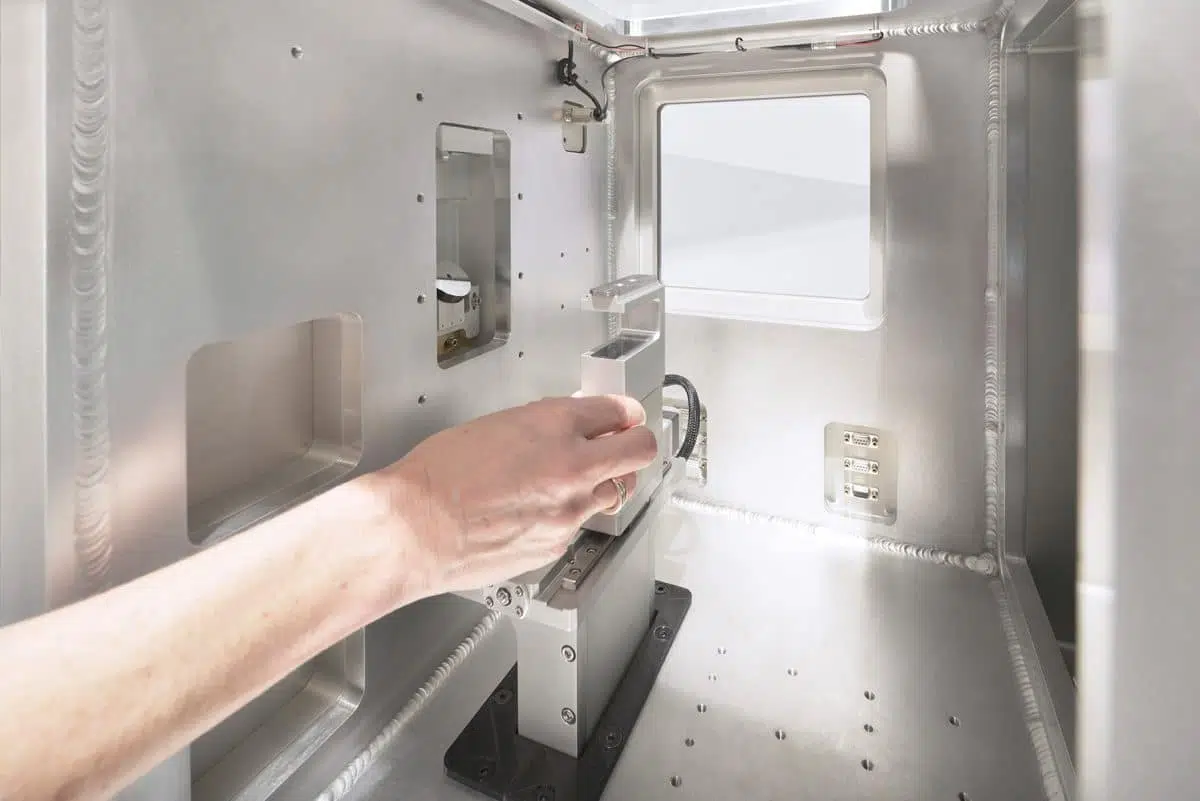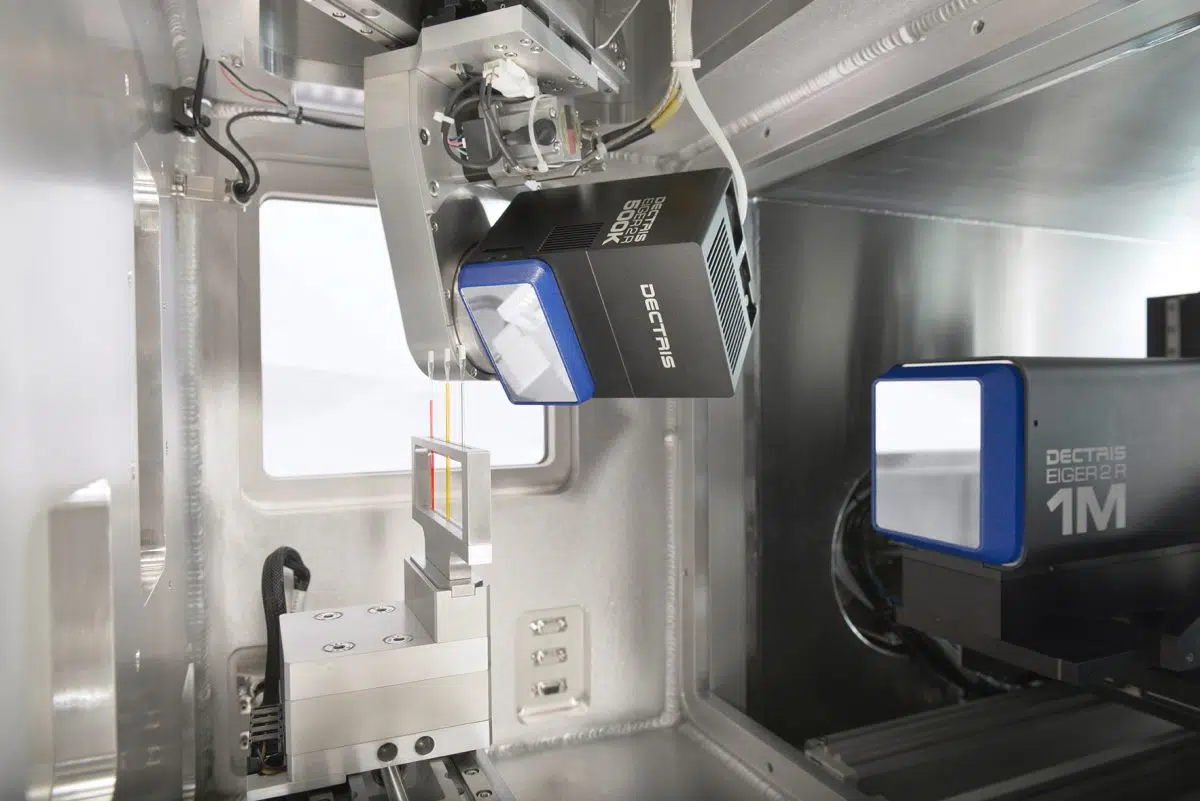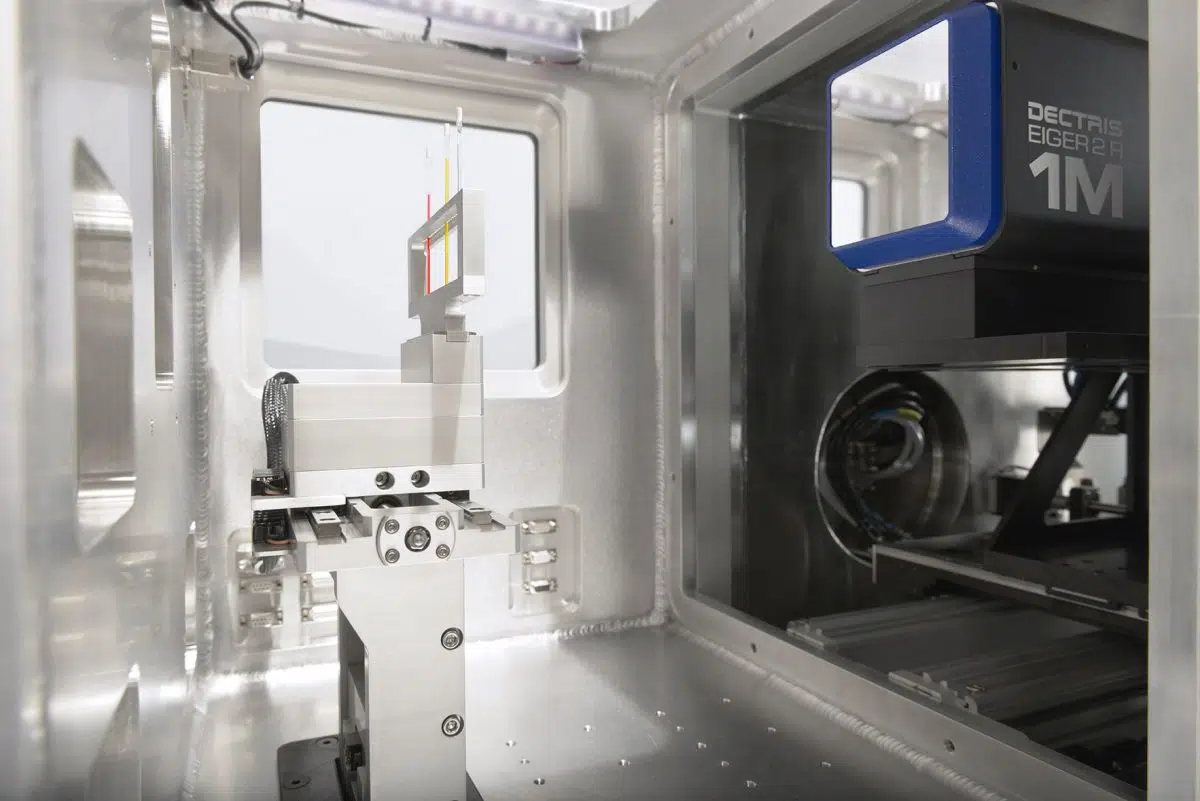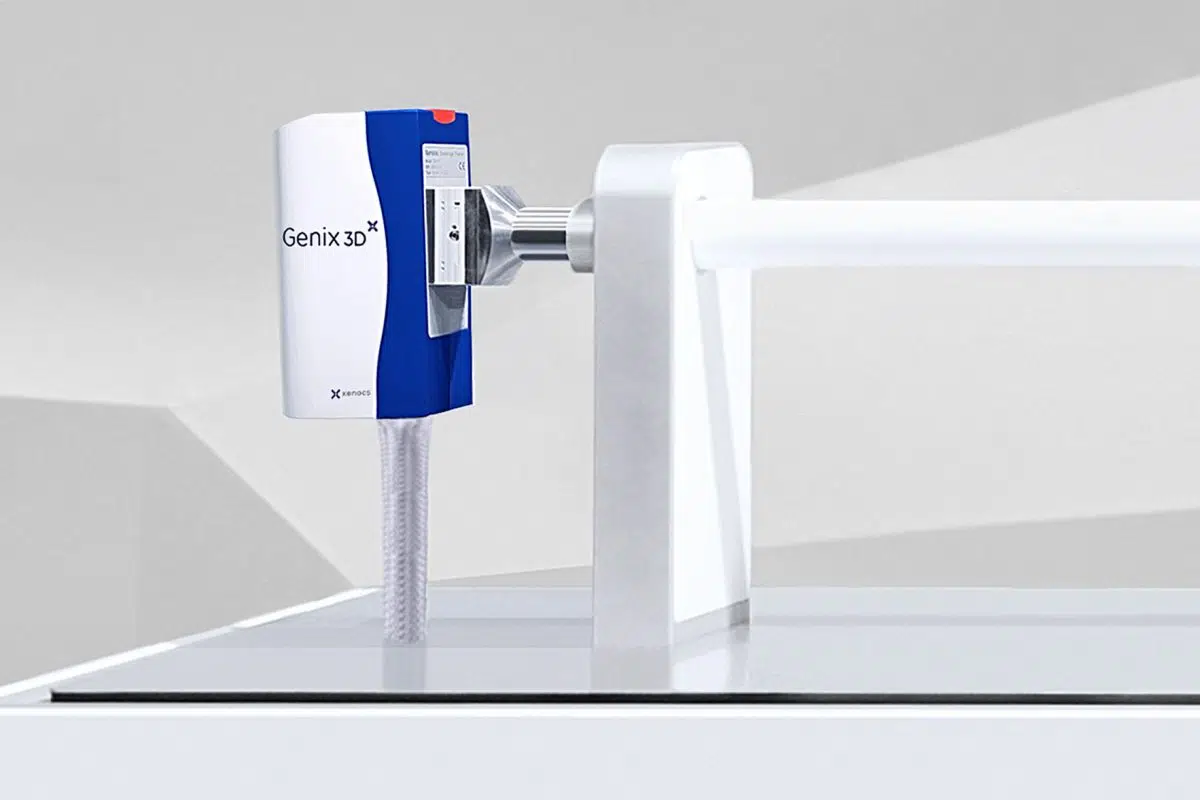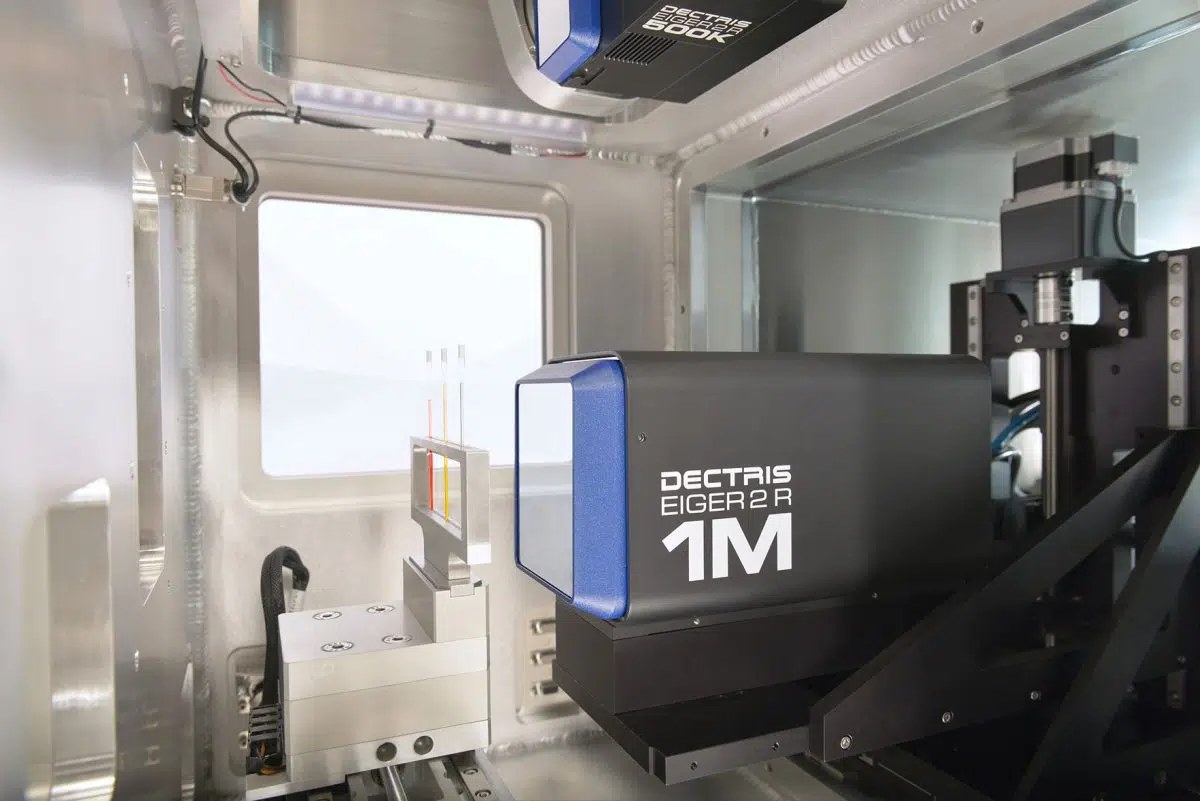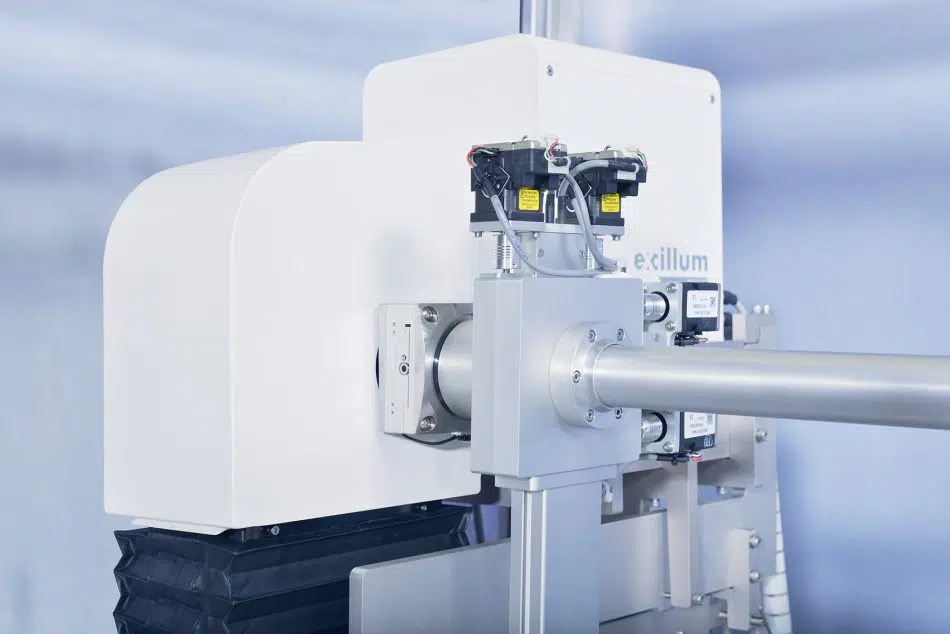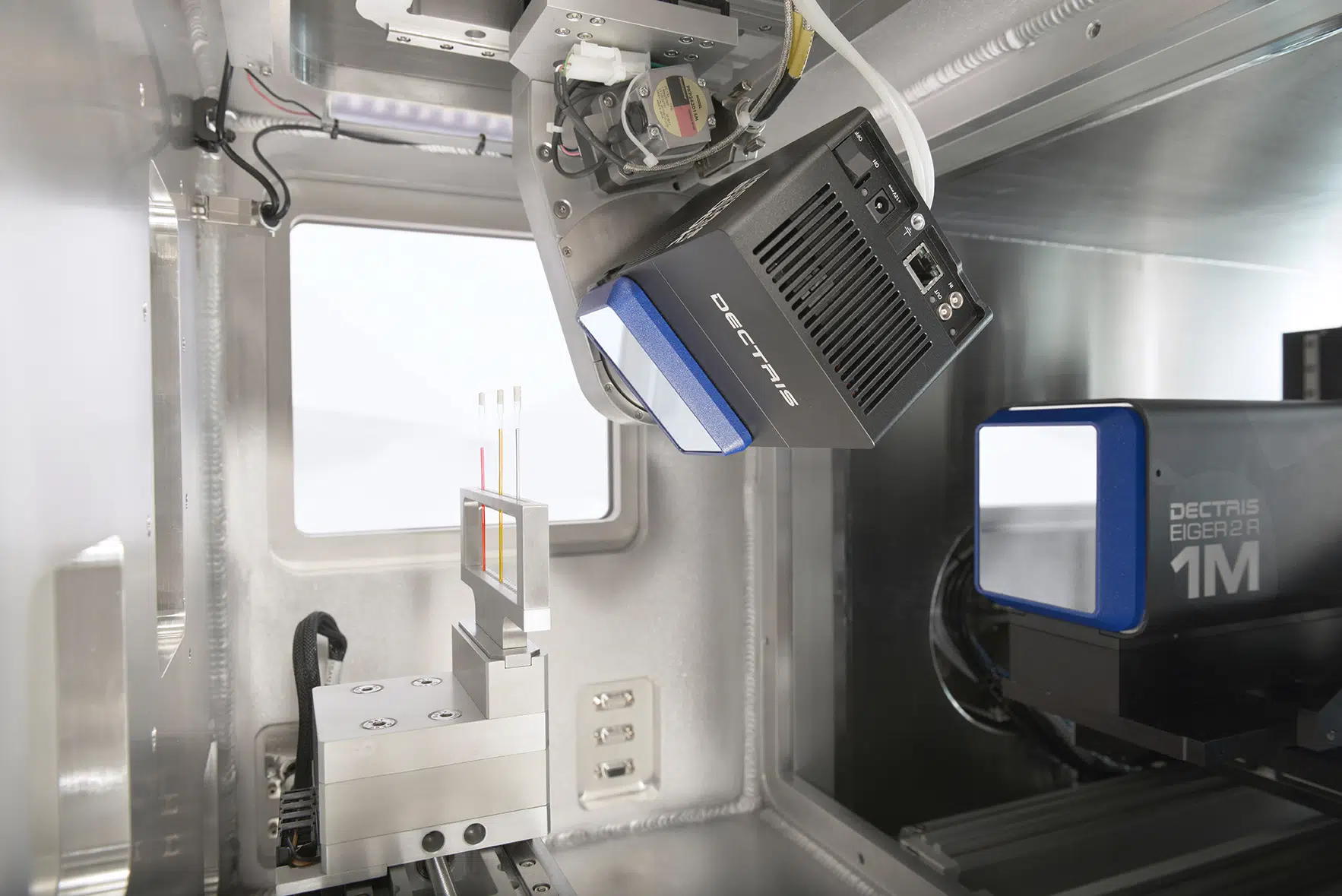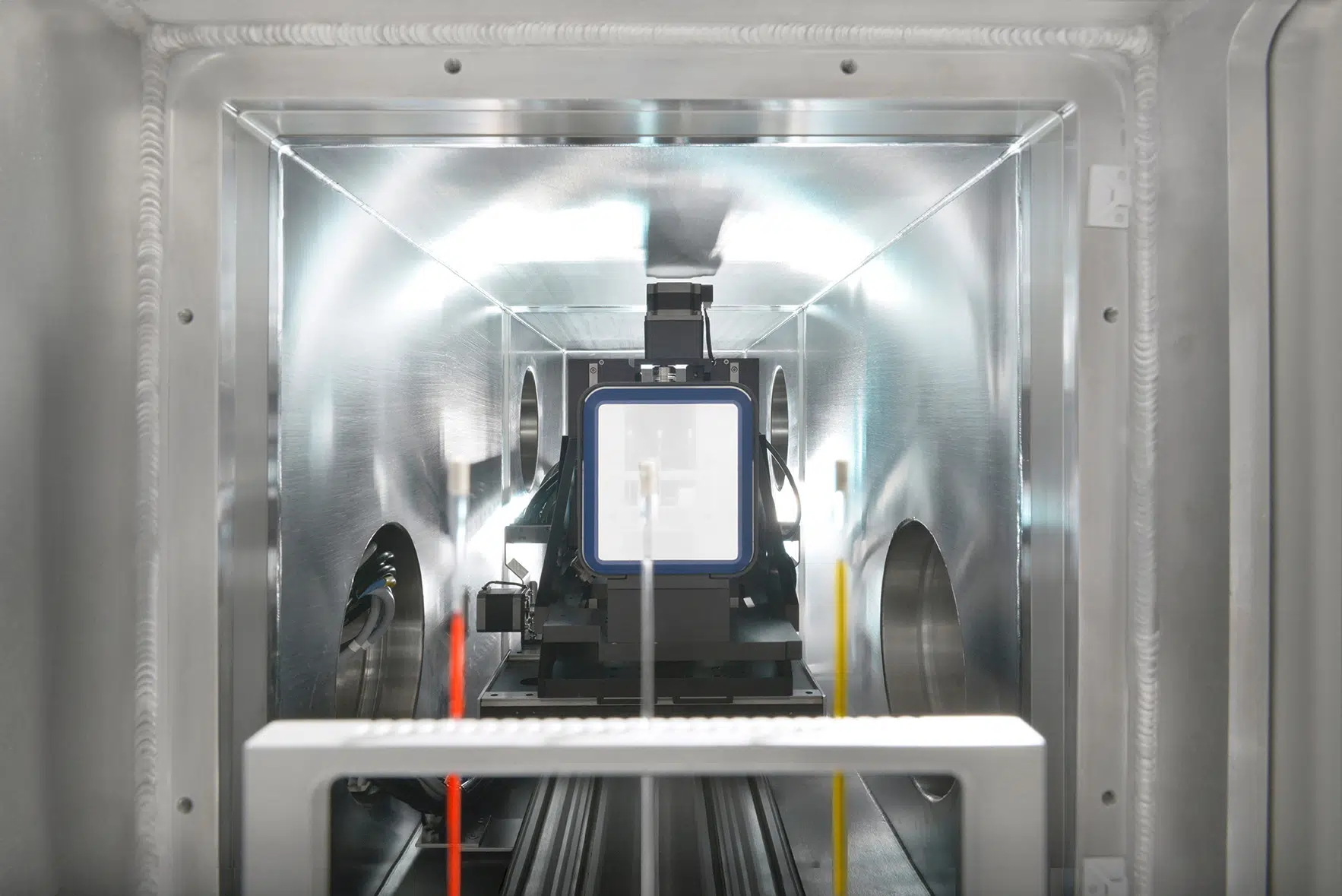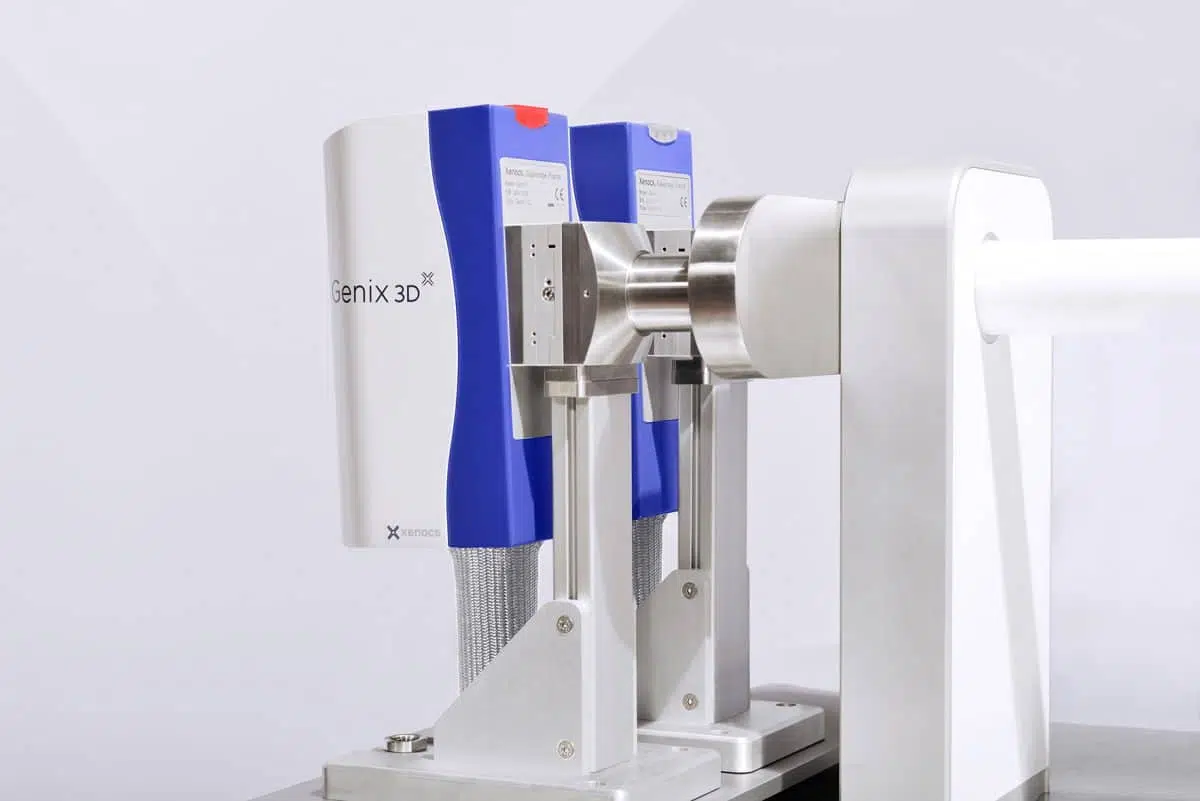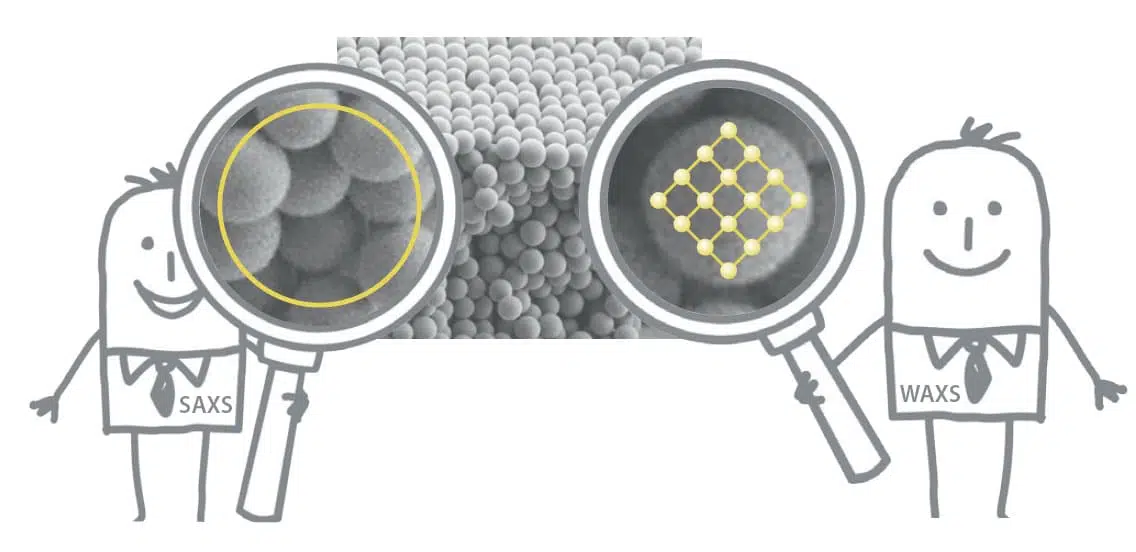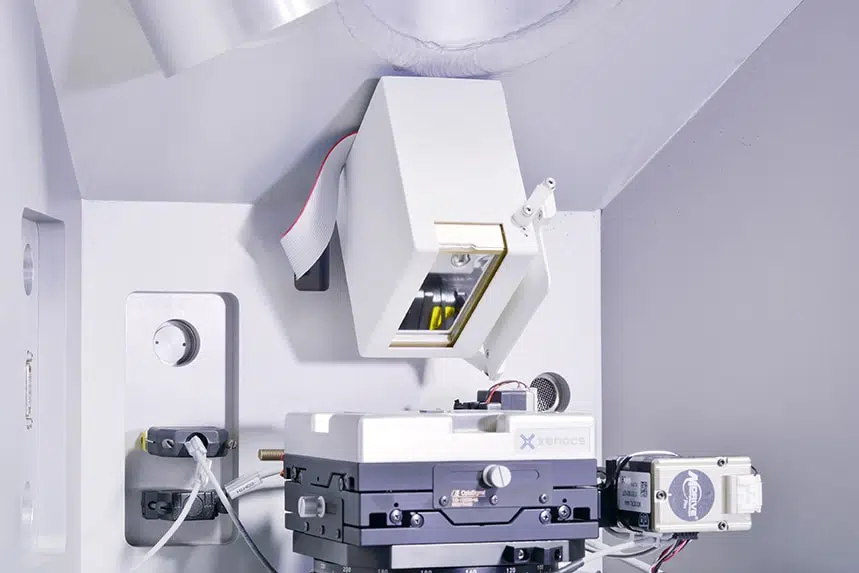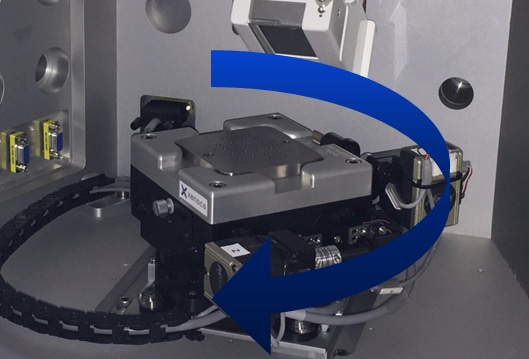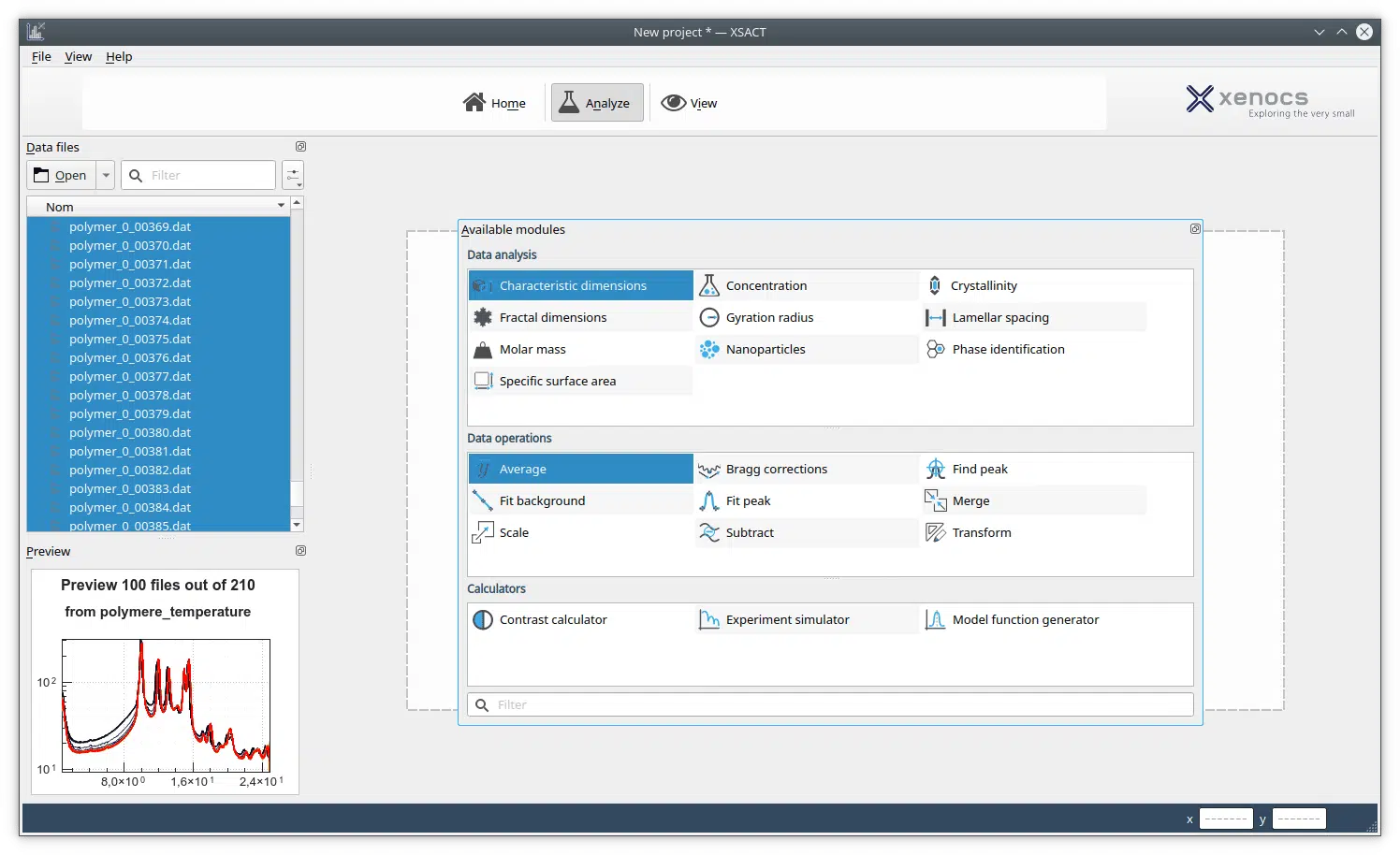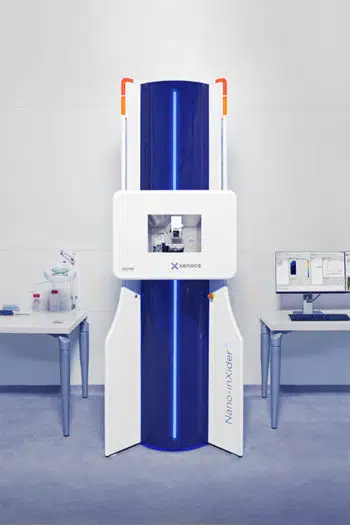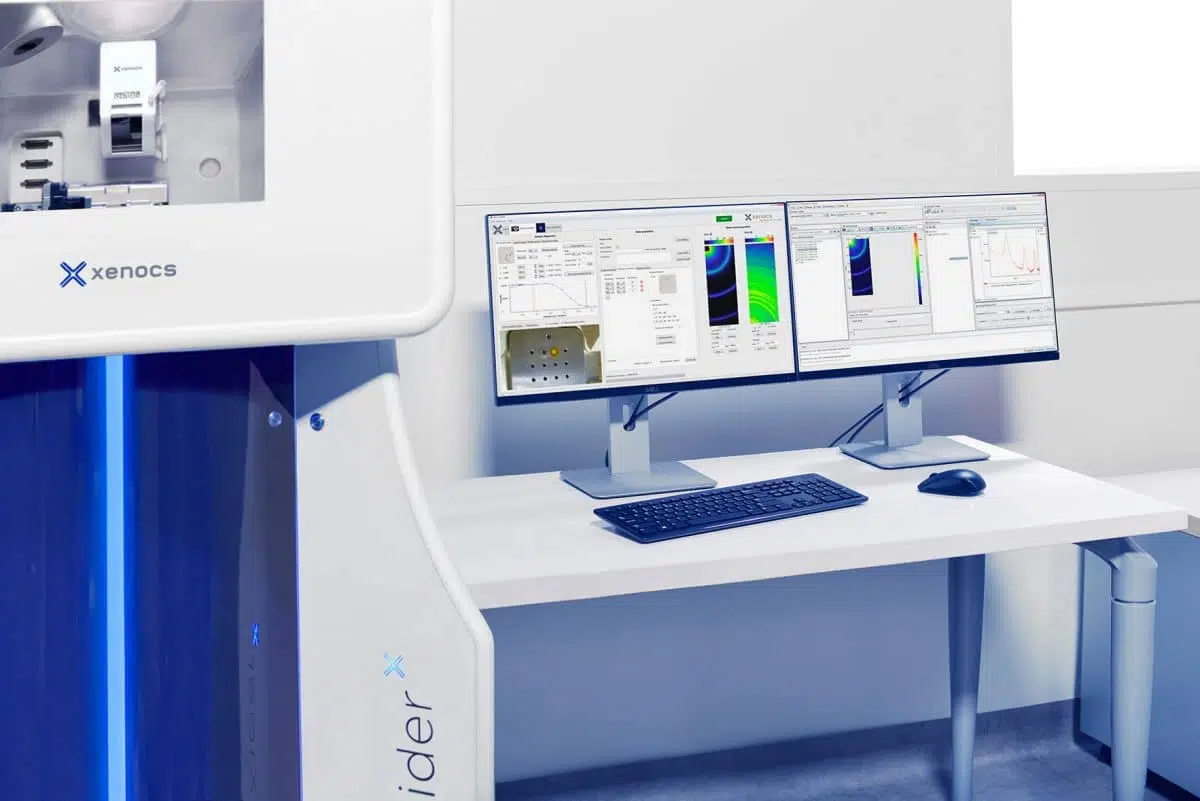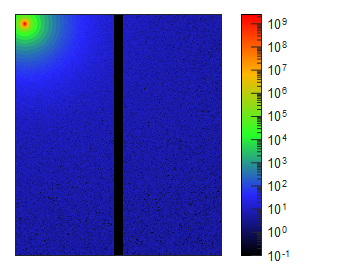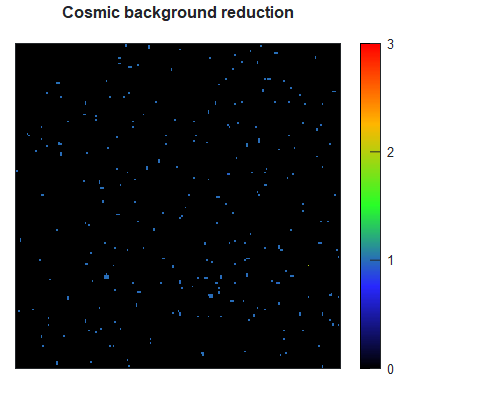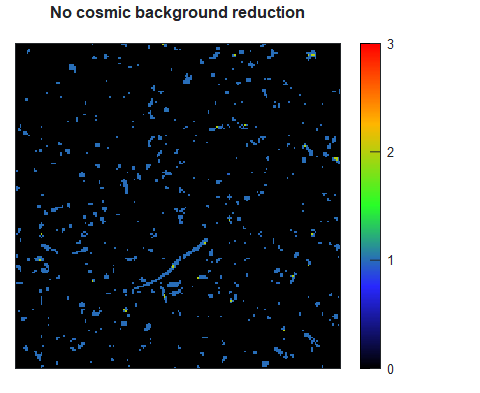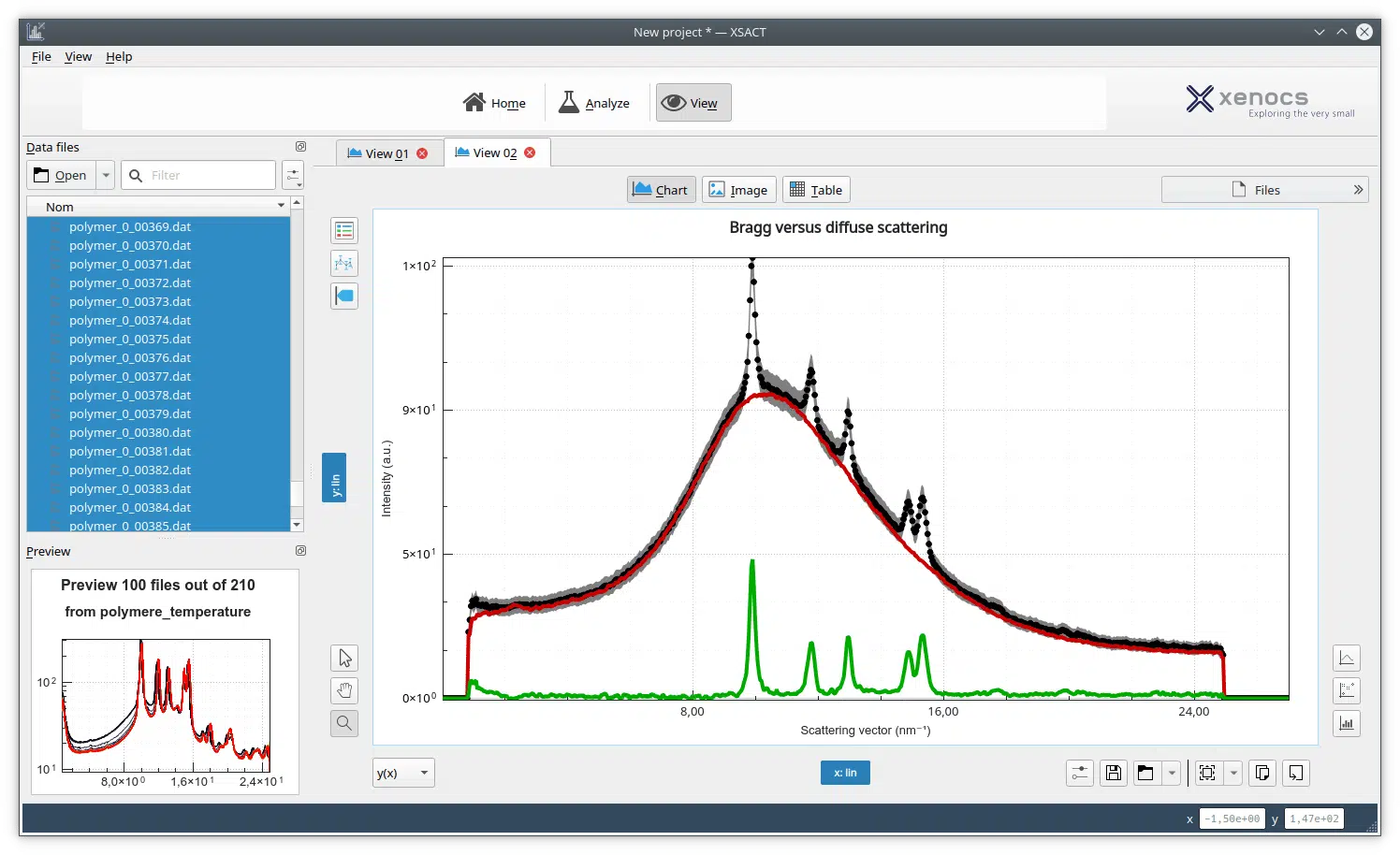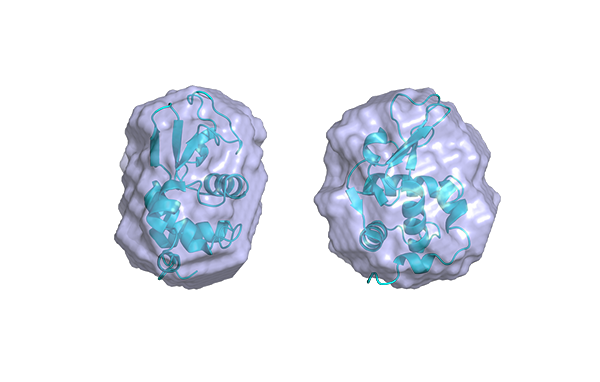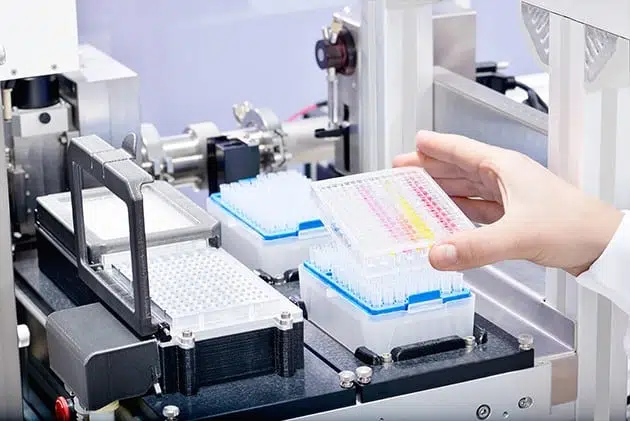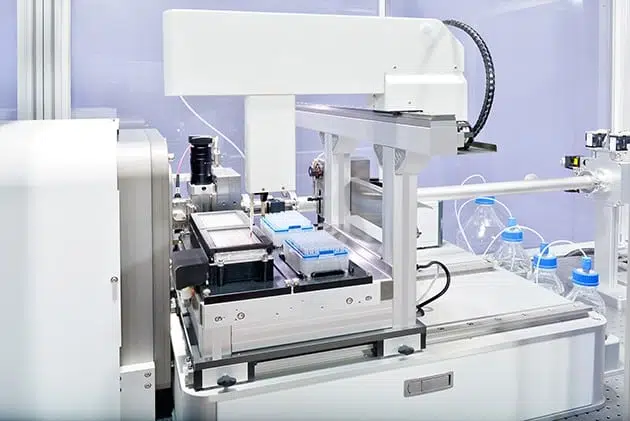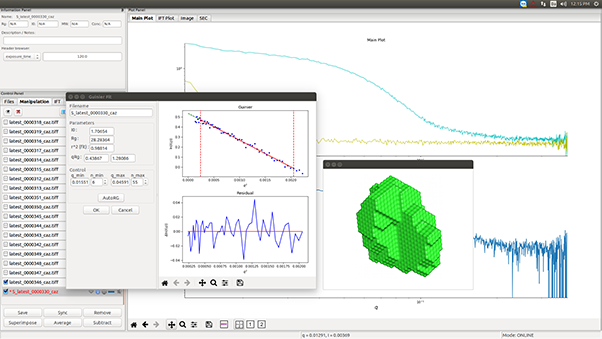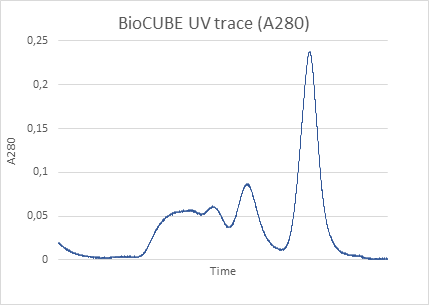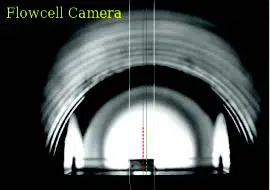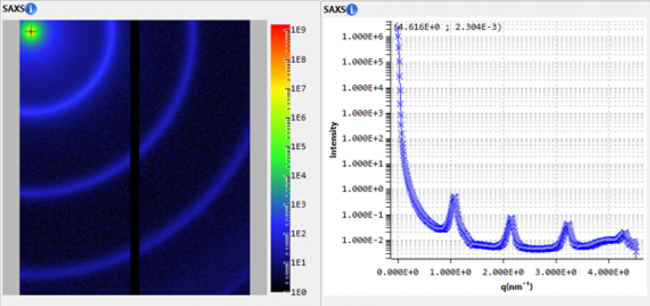Nair, Vishnu Sukumaran; Vedhanarayanan, Balaraman; Ajayaghosh, Ayyappanpillai
Controlling the Supramolecular Polymerization of Donor-Acceptor π-Systems through Hydrogen Bond Intervention
Supramolecular polymerization of donor-acceptor type molecules leads to mixed or self-sorted assemblies depending on the donor-acceptor strength and extent of noncovalent interactions between the components. Herein, we discuss how competing hydrogen bonding motifs control the supramolecular polymerization pathway of a two-component molecular π-system of oligo(p-phenylenevinylene) (OPV-B and…
Deoxycholic acid and l-Phenylalanine enrich their hydrogel properties when combined in a zwitterionic derivative
Travaglini, Leana; di Gregorio, Maria Chiara; Severoni, Emilia; D’Annibale, Andrea; Sennato, Simona; Tardani, Franco; Giustini, Mauro; Gubitosi, Marta; Del Giudice, Alessandra; Galantini, Luciano
Hypothesis Sodium Deoxycholate (NaDC) and Phenylalanine (Phe) are important biological hydrogelators. NaDC hydrogels form by lowering the pH or by increasing the ionic strength. Phe gels form from saturated solution by thermal induction and slow kinetics. The resulting gels hold great potential in medicine and biology as drug carriers and…
Wet spinning and radial self-assembly of a carbohydrate low molecular weight gelator into well organized hydrogel filaments
Chalard, Anaïs; Joseph, Pierre; Souleille, Sandrine; Lonetti, Barbara; Saffon-Merceron, Nathalie; Loubinoux, Isabelle; Vaysse, Laurence; Malaquin, Laurent; Fitremann, Juliette
In this work, we describe how a simple single low molecular weight gelator (LMWG) molecule – N-heptyl-D-galactonamide, which is easy to produce at the gram scale – is spun into gel filaments by a wet spinning process based on solvent exchange. A solution of the gelator in DMSO is injected…
Construction of Dual Orientation Crystalline Structure in Poly(vinyl alcohol)/Graphene Oxide Nano-Composite Hydrogels and Reinforcing Mechanism
Meng, Yeqiao; Zhao, Xiaowen; Ye, Lin
Oriented poly(vinyl alcohol) (PVA)/graphene oxide (GO) nanocomposite hydrogels with different draw ratios were prepared by stretching during a freezing/thawing process. The PVA/GO samples with a draw ratio of 200% had significantly enhanced mechanical properties by formation of a microfibrillar structure, while the tensile strength and compressive modulus respectively reached as…
3D-Printing of Pure Metal–Organic Framework Monoliths
Lim, Gwendolyn J. H.; Wu, Yue; Shah, Bhuvan B.; Koh, J. Justin; Liu, Connie K.; Zhao, Dan; Cheetham, Anthony K.; Wang, John; Ding, Jun
Metal–organic frameworks (MOFs) are usually synthesized in powder form. For many practical applications, MOFs need to be shaped into monoliths that can be easily handled. However, conventional shaping methods, such as pelletization, often result in a decrease in functionality. Recently, MOF-containing monoliths have been made using direct ink writing (DIW;…
How rheological behaviors of concentrated starch affect graft copolymerization of acrylamide and resultant hydrogel
Bao, Xianyang; Yu, Long; Shen, Shirley; Simon, George P.; Liu, Hongsheng; Chen, Ling
Corn starches with different amylose/amylopectin ratios were used to explore the effect of rheological behaviors of concentrated system on the graft copolymerization of acrylamide and resultant hydrogels, which sheds a light on their reactive extrusion process. The viscoelastic moduli of starch melts increased with increasing amylose content (AC), leading to…
Highly compressive and stretchable poly(ethylene glycol) based hydrogels synthesised using pH-responsive nanogels without free-radical chemistry
Nguyen, Nam T.; Milani, Amir H.; Jennings, James; Adlam, Daman J.; Freemont, Anthony J.; Hoyland, Judith A.; Saunders, Brian R.
Poly(ethylene glycol) (PEG) based hydrogels are amongst the most studied synthetic hydrogels. However, reports on PEG-based hydrogels with high mechanical strength are limited. Herein, a class of novel, well-defined PEG-based nanocomposite hydrogels with tunable mechanical strength are synthesised via ring-opening reactions of diglycidyl ethers with carboxylate ions. The pH responsive…
Effect of solvent-matrix interactions on structures and mechanical properties of micelle-crosslinked gels
Xu, Dan; Xu, Ting; Gao, Guorong; Xiao, Ying; Wang, Zongbao; Chen, Jing; Zhou, Yang; Wang, Rong; Yin, Jingbo; Fu, Jun
Previous studies on hydrogels crosslinked by acrylated PEO99–PPO65–PEO99 triblock copolymer (F127DA) micelles demonstrate outstanding strength and toughness, which is attributed to the efficient energy dissipation through the hydrophobic association in the micelles. The current study further focuses on how the solvent property affects the structures and the mechanical properties of…
Smart release of antimicrobial ZnO nanoplates from a pH-responsive keratin hydrogel
Villanueva, María E.; Cuestas, María L.; Pérez, Claudio J.; Campo Dall′ Orto, Viviana; Copello, Guillermo J.
A smart antibacterial biomaterial based on a keratin hydrogel with pH-dependent behavior and Zinc Oxide nanoplates as biocide agent has been developed. The pH of a chronic wound is basic due to bacterial metabolism. Originally shrank at acid pH, keratin hydrogels swell upon contact with a bacterial contaminated media leading…
Nanostructured antigen-responsive hydrogels based on peptides for leishmaniasis detection
Souza, Sivoney F.; Silva, Emerson R.; Alves, Wendel A.
Journal of the Brazilian Chemical Society, 2017, vol 28, 9, pp. 1619–1629 DOI: Back to the overview





